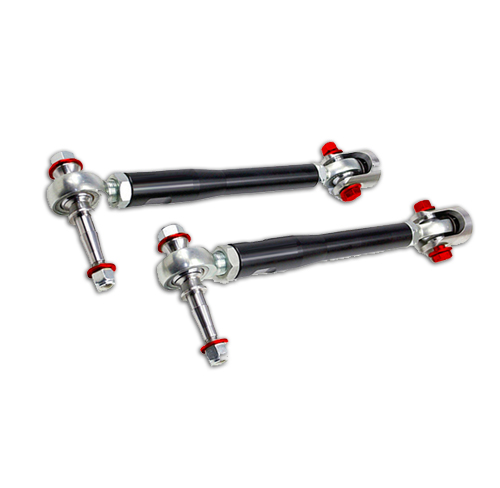In general, because the ratio of the typical tie rod’s length to its cross section is usually very large, it would buckle under the action of compressive forces. The working strength of a tie rod is the product of the allowable working stress and the rod’s minimum cross-sectional area.
If threads are cut into a cylindrical rod, that minimum area occurs at the root of the thread. Often rods are upset (made thicker at the ends) so that the tie rod does not become weaker when threads are cut into it.
Tie rods may be connected at the ends in various ways, but it is desirable that the strength of the connection should be at least equal to the strength of the rod. The ends may be threaded and passed through drilled holes or shackles and retained by nuts screwed on the ends. If the ends are threaded right- and left-hand the length between points of loading may be altered. This furnishes a second method for pre-tensioning the rod at will by turning it in the nuts so that the length will be changed. A turnbuckle will accomplish the same purpose. The ends may also be swaged to receive a fitting which is connected to the supports. Another way of making end connections is to forge an eye or hook on the rod.
























